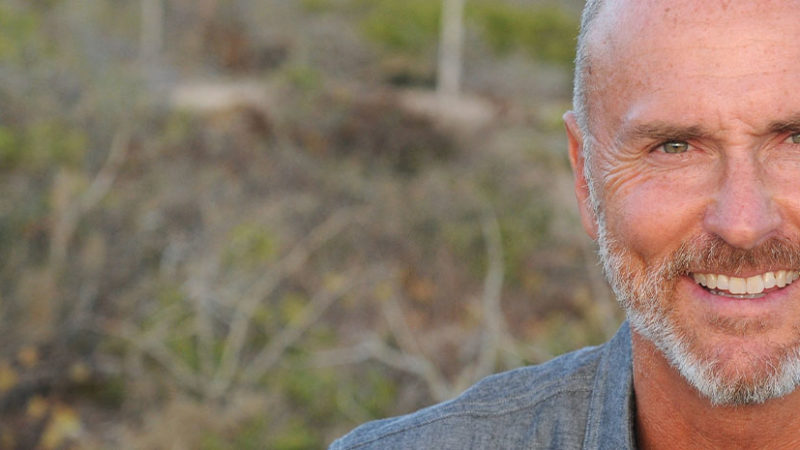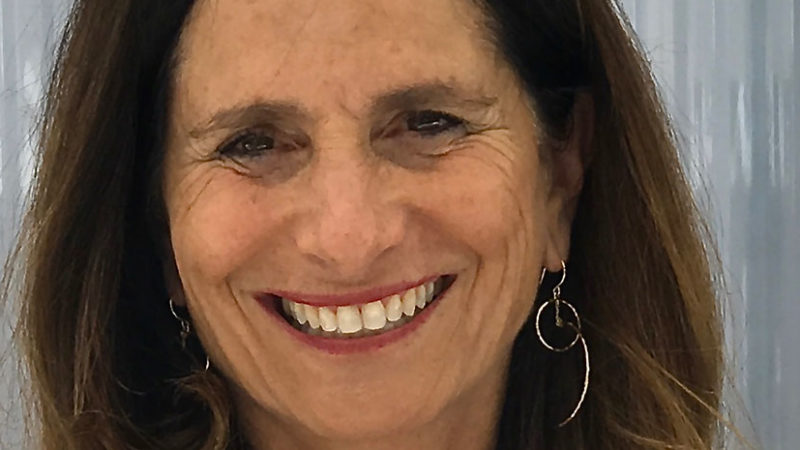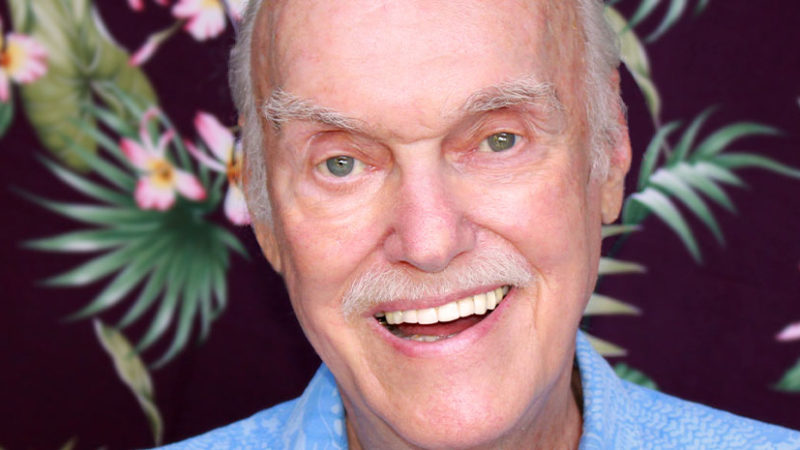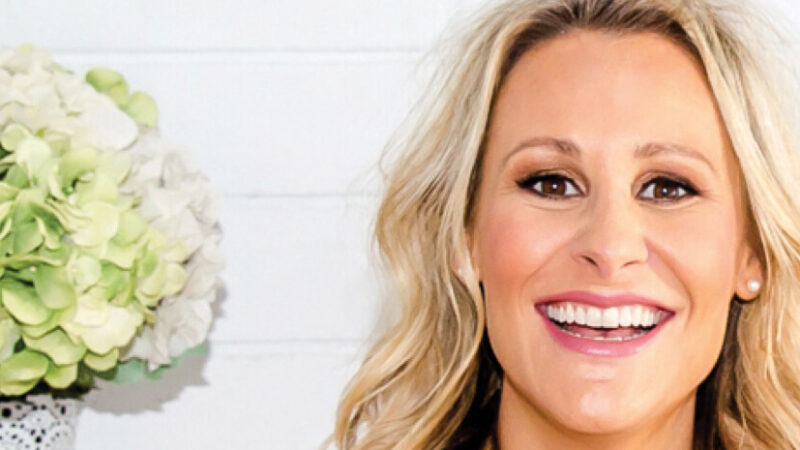-
E107: Becoming Okay Inside
Michael Singer — August 28, 2025
The fundamental spiritual question is not “How do I be okay?” It is “Why am I not okay?” Our ...
-
Andrew Holecek: What Reincarnates? | Part 2
Andrew Holecek — August 26, 2025
Join Tami Simon and Andrew Holecek for the second half of their exploration of reincarnation. Here,...
-
Honey Tasting Meditation: Build Your Relationship with Sweetness
There is a saying that goes “hurt people hurt people.” I believe this to be true. We have been...
Written by:
Amy Burtaine, Michelle Cassandra Johnson
-
Many Voices, One Journey
The Sounds True Blog
Insights, reflections, and practices from Sounds True teachers, authors, staff, and more. Have a look—to find some inspiration and wisdom for uplifting your day.
Standing Together, and Stepping Up
Written By:
Tami Simon -
The Michael Singer Podcast
Your Highest Intention: Self-Realization
Michael Singer discusses intention—"perhaps the deepest thing we can talk about"—and the path to self-realization.
This Week:
Andrew Holecek: What Reincarnates? | Part 2 -
Many Voices, One Journey
The Sounds True Blog
Insights, reflections, and practices from Sounds True teachers, authors, staff, and more. Have a look—to find some inspiration and wisdom for uplifting your day.
Take Your Inner Child on Playdates
Written By:
Megan Sherer
600 Podcasts and Counting...
Subscribe to Insights at the Edge to hear all of Tami's interviews (transcripts available, too!), featuring Eckhart Tolle, Caroline Myss, Tara Brach, Jack Kornfield, Adyashanti, and many more.
Most Recent
Chip Conley: A Modern Elder at Work
Chip Conley is an entrepreneur and the New York Times bestselling author of Peak and Wisdom at Work. He will present during Sounds True’s upcoming Inner MBA program, a nine-month training program for bringing your full, authentic self to your workplace and career. In this episode of Insights at the Edge, Tami Simon speaks with Chip about socially responsible entrepreneurship and the movement toward making workplaces into spiritually fulfilling spaces. They talk about the modern business obsession with short-term profit and why this attitude does damage to both our culture and environment. Chip and Tami also consider what it is to pursue meaning rather than profit, as well as how to create “collective effervescence” within a work culture. Finally, Chip explains his lifelong habit of journaling each week’s accomplishments and tells the story of the biggest risk he’s ever taken. (73 minutes)
Jennifer Freed: Use Your Planets Wisely
Dr. Jennifer Freed is an author, personal mediator, and an accredited psychological astrologist. With Sounds True, she has published Use Your Planets Wisely: Master Your Ultimate Cosmic Potential with Psychological Astrology. In this episode of Insights at the Edge, Tami Simon speaks with Dr. Freed about the tenets and practice of psychological astrology. Using 2020 as a guide, Dr. Freed examines Tami’s upcoming astrological chart and uses it to illustrate the deeper workings of the practice. They discuss the various heavenly bodies that influence psychological astrology (including some that might surprise you) and their archetypal functions. Tami and Dr. Freed also talk about cultivating confidence in astrological readings and “a litmus test for false prophets.” Finally, they explore some of the variable symbolism of the planets and what it truly means to “use your planets wisely.”(59 minutes)
Ram Dass: Soul Land
Last week, the Sounds True community was saddened to hear of the passing of Ram Dass, one of the great lights of American spiritual inquiry. Born Richard Alpert, Ram Dass (meaning “servant of God”) rose to the forefront of psychedelic exploration and the movement toward Eastern philosophy in the 1960s and ’70s. He wrote the all-time classic Be Here Now in addition to many other published works, including Sounds True’s Walking Each Other Home. This special edition of Insights at the Edge presents an interview between Tami Simon and Ram Dass from 2012. During this conversation, Ram Dass and Tami discuss a deeper exploration of the self and the individual soul. They talk about experiencing the guru Maharaj-ji living on through the bodies and teachings of his students. Finally, Ram Dass considers the everyday experience of the atman—what he calls “the mega soul” beyond all others.(64 minutes)
Customer Favorites
The Purpose of Life is to Love
Within all of the great wisdom traditions we find an emphasis on love, kindness, and opening our heart to others. It is quite natural to open in this way to our family and friends, but what the great traditions teach is that this reservoir of love inside us is unlimited, extends to all living beings, and even to the universe itself. This reality of love is not an abstract experience, notes respected meditation teacher Reggie Ray, but something that is alive the core of who and what we are. One way to envision the spiritual journey is as a pathway which unlocks the love in our hearts, thereby enabling us to become fully human.
Please enjoy this short video from Reggie on the unfolding of love.
Emma Isaacs: The Art of Winging It
Emma Isaacs is the founder of Business Chicks, a highly sought-after keynote speaker, and a media commentator on topics around female leadership and entrepreneurship. A bestselling author who has worked with the world’s greatest thought leaders and businesspeople, Emma inspires thousands with her boundless energy and ability to see possibility wherever she goes. She is also a mom to six kids under age 11. In this podcast, Emma joins Tami Simon to discuss her new book, Winging It. Emma and Tami also discuss the fallacy of “having it all,” the “four-burner theory” and focusing on our highest priorities, the concept of work-life balance (Emma doesn’t buy it!), and much more.
Letting Go of Shame, with Rick Hanson
For many, shame is one of the most difficult emotions to work with. It is so pervasive in contemporary life, yet it is often hidden underneath layers of more “obvious” sorts of feelings and emotions like rage, sadness, anger, and despair. Sounds True author and dear friend Dr. Rick Hanson, organizer of The Compassionate Brain free online video series, has spent decades studying shame, self-worth, and self-acceptance, as a neuropsychologist and as a psychotherapist working with clients.
Additionally, Rick is the author of a number of audio learning programs, each of which offers simple guided meditations to open you to your true nature – that of a happy, content, aware, alive, and loving human being.
To help you begin to let go of the shame you may be carrying, Rick has put together the following simple, yet very effective guided exercise. We hope that you find it helpful. If you’d like to read more about Rick’s work in the area of shame and self-acceptance, you are welcome to read his article, “From Shame to Self-Worth.”
Guided Exercise – Letting Go of Shame
Imagine that you are sitting beside a powerful river on a beautiful sunny day. You feel safe and contented and strong.
Imagine that sitting with you is a wise and supportive being. Perhaps someone you know personally, perhaps a historical figure, perhaps a guardian angel, etc. Know in your heart that this is a very wise and honest and caring being.
Imagine a small boat tied to the bank of the river, there near you. Imagine an empty and open box in the boat that you can reach easily. Alright.
Now, continuing to be centered in feelings of worth and well-being, bring to mind lightly something you are ashamed of. Represent it, whatever it is, as a small object on the ground in front of you.
Imagine that the being is telling you, or that you are telling the being, some of the many causes and conditions that led to that thing you are ashamed of. You don’t need the whole story; often a few seconds in your imagination can summarize the heart of the matter.
With that summary of the causes of the shame, see if you can feel a letting go inside.
If you like, in your imagination, bow to the object representing the shame: it exists, it is what it is.
Then put the object in the box, and let it go as much as you can.
Now bring to mind, lightly, something else you are ashamed of. Represent it, whatever it is, as a small object on the ground in front of you.
I’ll be repeating the instructions, and feel free to go at your own pace, slowing down to dwell on certain parts, or speeding up to get through them to additional things you’d like to put in the boat.
[Repeat as many times as you like.]






